A survey by The Recovery Village examined substance abuse during people’s adolescent years. Learn more about teen drug use and why teens turn to substances.
A recent poll by The Recovery Village looked at drug and alcohol use in young adults and previous generations whoused substances as adolescents. Using the responses from 400 participants, the results provide an inside look into teen drug use and weigh factors, such as the age they were when they first used a drug, the frequency of drug use and their reasons for using drugs.
Our Poll Results:
When Do Most Teens First Use Drugs & Alcohol?
The 400 total respondents were divided into two groups when they were asked if they used recreational drugs or alcohol at all during their adolescence and college years:
- Group 1:275 replied that they abused drugs or alcohol at least once during this time
- Group 2: 125 replied that they never used drugs or alcohol recreationally during this time
In one question, participants who used substances as teens or young adults were asked to share the age they were when they first useddrugsoralcohol.
More than half (51.64%) responded that they began using substances between the ages of 15 and 17. 122 respondents only used drugs or alcohol “a few times,” but 100 respondents used drugs or alcohol “frequently or weekly.”
New Year, New Beginnings.
Whether you are struggling with addiction, mental health or both, our expert team is here to guide you every step of the way. Don’t wait— reach out today to take the first step toward taking control of your life.
Differences in Use by Gender
The Recovery Village survey also noted several gender differences in substance use:
- Alcoholwas the most frequently used substance among girls and boys, with 239 people reporting alcohol use
- Marijuanawas the second-most, with 123 people reporting marijuana use
- Among girls,prescription opioids(Percocet, Vicodin, etc.) were their third most frequently used substance
- Among boys,stimulants(cocaine,Adderall, etc.) were the third most frequently used substance among boys
Regarding the age they first abused drugs or alcohol:
- Girls: 48.3% of the 137 women reported that they were 15 to 17 years old when they first abused a substance
- Boys: 55.07% of the 138 men reported that they were 15 to 17 years old when they first abused a substance
Why Did They Experiment with Drugs or Alcohol?
Teens may experiment with drugs or alcohol for a variety of reasons. Adolescence brings many new experiences with it, both good and bad. Aspects of youth, such aspeer pressureor stress, can often drive adolescents to seek out substances for relief. Teens arenaturally more likelyto partake in risk-taking behaviors, potentially leading to substance use. A teen’s home life can also play a large role, as well as genetic factors that can be passed from parent to child. Teens may alsoself-medicate with substancesto relieve symptoms of undiagnosed mental health issues.
The responses to The Recovery Village survey show the specific reasons why people turn to substance use during adolescence (more than one option could be selected):
- 42.18% werecurious about the euphoric effectsof a substance
- 40.73% feltpeer pressureor wanted to appease friends and acquaintances
- 28.36% wanted todeal with stress
- 22.18% used substances tocope with mental health problems
- 12.36% wereintroduced to substances by a family member
If you or a loved one struggles with a substance use disorder, The Recovery Village can help.Contact The Recovery Villagetoday to learn more about how professional treatment can address a substance use disorder. Take the first step toward a healthier future,call today.








